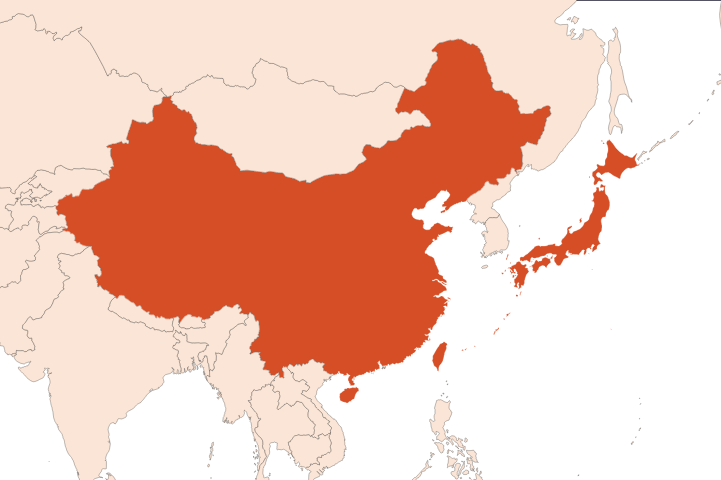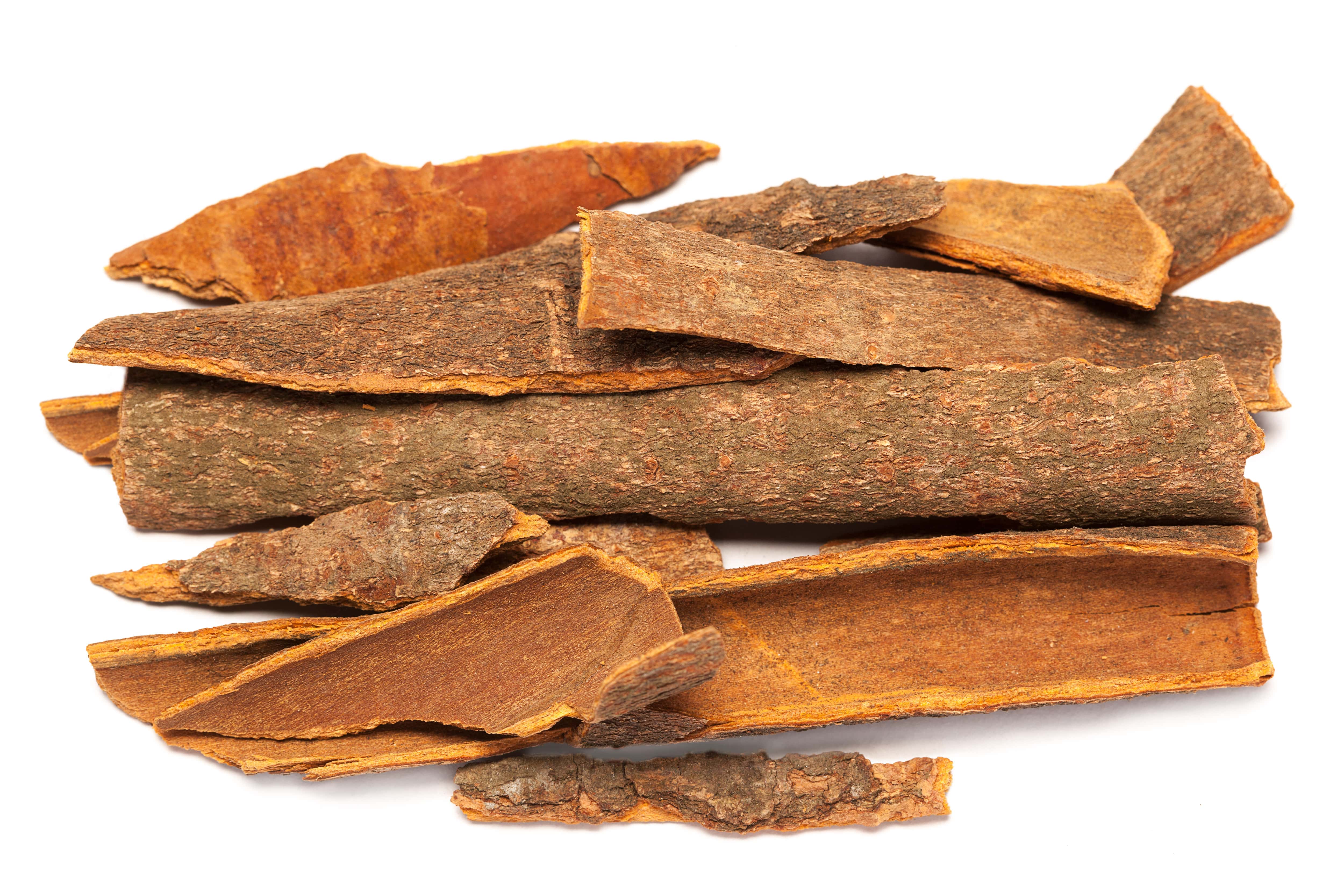| Company | Ingredient Name | ID | Comments | Naturality | Certifications | Purity | Latin name | Treated part | Geographical origin | MOQ |
|---|---|---|---|---|---|---|---|---|---|---|
|
|
Bois de Hô HE - 30gr | - |
Visit website
|
- | - | - | - | - | - | |
|
|
BOIS DE HO | B136 |
Visit website
|
Huile essentielle |

|
- | Cinnamomum camphora var. linaloolifera Y.Fujita | Feuille | Chine | - |
General Presentation
-
CAS N° : 8022-91-1
-
EINECS number : 91745-89-0
-
FEMA number : Donnée indisponible.
-
Appearance : Colorless to pale yellow liquid
-
Density : 0,854 - 0,865 @20°C
-
Volatility : Head/Heart
-
Price Range : €€€
Physico-chemical properties
-
Optical rotation : Donnée indisponible
-
Vapor pressure : Donnée indisponible
-
Refractive Index @20°C : Donnée indisponible
-
Acid Value :
-
Flash Point :
Uses
Uses in perfumery :
Ho Wood EO can be used in aromatic notes, to give them a floral nuance and a clean and fresh note. Also used in men's cosmetics, always for a clean facet.
Major Components :
- Linalool (75-98%)
- Linalol Oxide (≈2%)

Photo credits: ScenTree SAS
Botanical name :
Data not available.
Botanical profile :
Ho Wood is a tree belonging to the Lauraceae family and the Cinnamomum genus.
Chemotypes :
Ho wood is a variety of camphor tree. The variety we are talking about here is called Cinnamomum camphora var. linaloolifera. This variety is not used to extract camphor, unlike the classic camphor tree. Its essential oil is made up of a large amount of Linalool.
The Cinnamomum genus includes more than 250 species throughout Asia. It includes all varieties of cinnamon tree, of which Cinnamomum zeylanicum (Ceylon Cinnamon EO) and Cinnamomum cassia (Chinese Cinnamon EO) are the most commonly used in perfumery, for their bark and for their leaves (Cinnamon Leaf EO).
Extraction process :
Ho wood is a tree that can measure up to 25 meters high, with green leaves alternating along the branches.
In perfumery, the wood is most often extracted, even if the leaves are also very fragrant. An indication of tree maturity is the colour of its leaves: the tree can be cultivated when its leaves turn from red to green.
The bark of this wood is separated by cutting it into strips, from the surface towards the centre of the trunk. After uncoupling from the trunk, the pieces of bark are dried to develop their olfactory potential. It is then that ho wood can be extracted by steam distillation. Extraction is carried out on the bark strips as they are or slightly crushed. The essential oil is recovered after distillation in a Florentine flask, with a yield of 2 to 3%.
The essential oil from the leaves of this tree can also be extracted, and is full of Linalool. The two essential oils of this tree are often rectified to obtain natural Linalool. Ho wood and Rosewood EO are the two main sources of natural Linalool.
Other comments :
Ho wood is a variety of camphor tree. This tree can be used to extract Camphor in its natural state. In perfumery, a chemotype containing Linalool is used (cinnamomum camphora l. linaloolifera). This chemotype, also called Shiu wood, contains almost no Camphor and can be used to extract natural Linalool, such as Rosewood EO for example.
Stability :
Linalool in this essential oil tends to polymerize under the effect of a strong oxydation.
Regulations & IFRA
Allergens :
IFRA 51th :
This ingredient is not restricted for the 51th amendment



